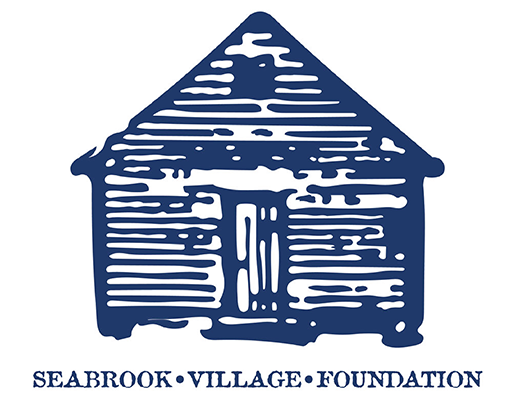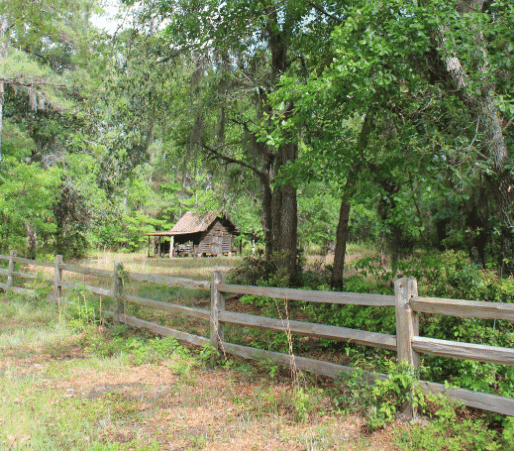About Us
Seabrook Village Foundation is a nonprofit organization dedicated to research, education, and the authentic portrayal of the Reconstruction culture and environment of its rural African-American community in coastal Georgia from 1865-1930.
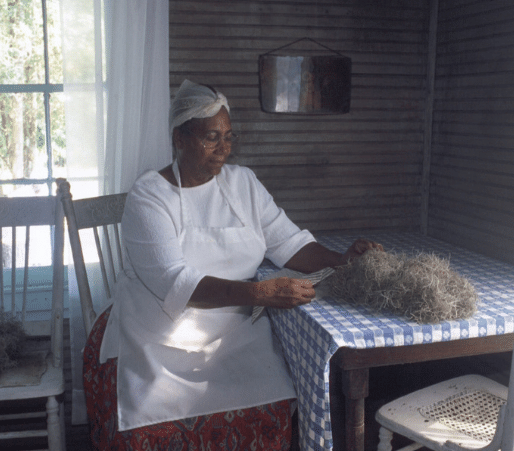
How the Seabrook Village Foundation Started
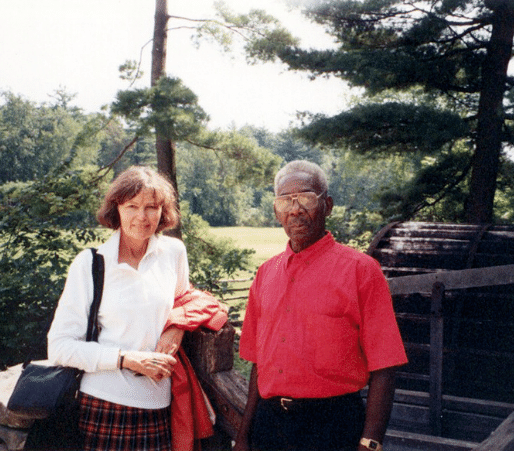
Better Together
In 1990, residents of Seabrook expressed a desire for a new community center and decided to raze the century-old Seabrook School. Long abandoned and in disrepair, the school stood for many as a symbol of hardship and segregation. A group of Seabrook alumni, then in their 70s and 80s, protested and reminded their neighbors that the Seabrook School, when it was built around 1900, was a dignified symbol of hope and cooperation in an era of new-found freedom. And so the church donated the school building to a concerned citizens group who formed The nonprofit Seabrook School Foundation to lead the resurrection of the Seabrook School.
Makin’ Do
During the summer of 1991, the school was dismantled, restored, and rebuilt on a piece of donated land adjacent to Palmyra Missionary Baptist Church. The project was placed under the supervision of Warren Murphey, Director of Historic Structures, Jekyll Island. The building was then dismantled and moved to nearby Springfield Plantation where for four months, Savannah College of Art and Design graduate Sonja Wallen, under Murphey’s direction, restored the pieces board by board. Finally, it was rebuilt on its new site using ancient oak stumps and antique timbers to replace rotted sections. Once standing proudly square and whitewashed on its knoll, the Seabrook community rallied around the positive aspects of their heritage represented so simply yet eloquently by the little one-room schoolhouse.
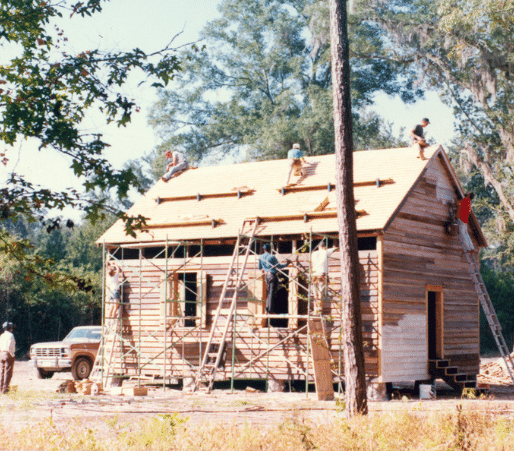
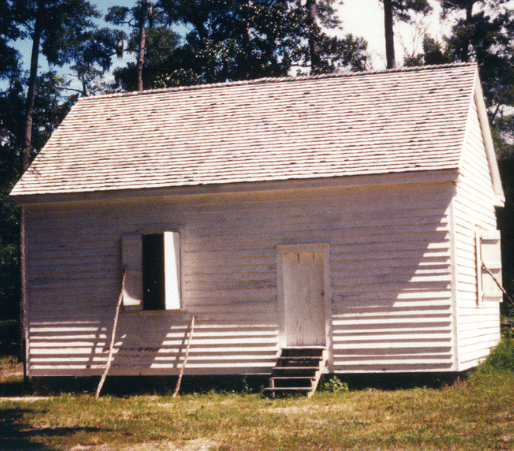
Preserving For The Future
After the Seabrook School’s rededication in October 1991, the Foundation expanded its vision and works rapidly to include 15 acres of fields, pine forest, swamp and tidal creek, and seven completed structures:
- The Seabrook School (1991)
- The Ripley Corn Crib (1992)
- The Gibbons-Woodard House (1994)
- The Bowens Barn and Tool Gallery (1994)
- The Bowens Chicken Coop (1995)
- The Bowens House (1994)
- The Delegal-Williams House (1996)
Where Seabrook is Now
Thankfully, a group of descendants and supporters began efforts in 2020 to revive Seabrook Village. Seabrook residents are fighting against dire realities and predictions about our environment and economic situation. Through Seabrook, future generations can experience and understand the difficulties of those early days and the special strengths and character of those who lived them. By drawing from the past, we are working together to preserve our heritage and provide a future for coastal Georgia that takes pride in our Gullah Geechee history.
Seabrook Timeline
As little was written down, the dates can only be established
through remembrances and through corresponding architecture and events.
